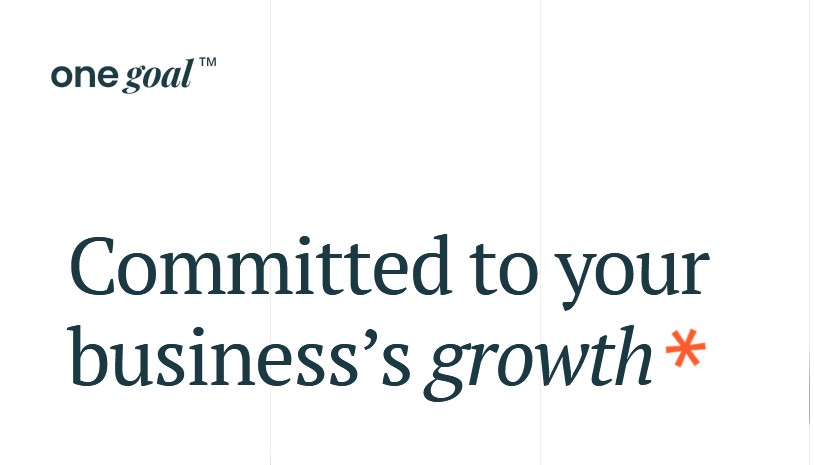In today’s dynamic and competitive business landscape, having the right tools and resources is essential for success. This is where the “One Goal” professional business consulting theme comes into play. Whether you’re in the business advisory, finance, consulting, or seminar industry, the One Goal theme is designed to empower and boost businesses on a global scale. With its impressive array of features and versatile layouts, it’s the perfect solution for those dedicated to achieving business growth and excellence.
Empowering Businesses Worldwide
Businesses of all sizes and types are constantly seeking ways to enhance their online presence and engage with their target audience effectively. The One Goal theme offers an exceptional opportunity to accomplish these goals. With nine meticulously designed homepages, this theme caters to a wide range of business niches. From finance consultants to business workshops, coaching services to conferences, the One Goal theme ensures that your website resonates with professionalism, credibility, and modern aesthetics.
Simplifying Customization with Elementor Page Builder
Gone are the days of complex coding and design limitations. The One Goal theme is fully compatible with the Elementor Page Builder plugin, providing you with an intuitive and user-friendly platform to craft your website exactly the way you envision it. This means that even if you’re not a web design expert, you can easily create stunning and impactful pages that align perfectly with your brand’s identity.
Revolutionizing Visual Communication
In today’s visually oriented world, captivating your audience’s attention is crucial. The One Goal theme includes the Slider Revolution Responsive WordPress Plugin, valued at $109. This powerful tool empowers you to create eye-catching and dynamic sliders that tell your brand’s story, showcase your products or services, and leave a lasting impression on your visitors.
Seamless eCommerce Integration with WooCommerce
For businesses venturing into the world of online sales, the One Goal theme is fully compatible with the WooCommerce plugin. This means you can effortlessly set up and manage your online store, providing your customers with a seamless and secure shopping experience.
Diverse Shortcodes for Maximum Impact
The One Goal theme comes equipped with an extensive collection of custom shortcodes that add depth and functionality to your website. Whether you need to present your services, showcase timelines, or create visually appealing portfolios, the available shortcodes ensure that you have all the tools at your disposal.
Masterful Portfolio Display
Your portfolio speaks volumes about your capabilities and expertise. The One Goal theme allows you to display your work with elegance and sophistication. Choose from various portfolio layouts, including gallery, masonry, justified gallery, and slider formats. With pagination options like “Load More” and “Infinite Scroll,” you can ensure that your portfolio captivates your visitors without limitations.
Tailored Blogging Experience
Sharing valuable insights, industry news, and updates is crucial for establishing thought leadership and engaging your audience. The One Goal theme provides customizable blog layouts, enabling you to present your content in a visually appealing manner. Whether you’re sharing audio content, videos, standard blog posts, galleries, links, or quotes, your content will be beautifully presented.
Header Variations for Brand Consistency
Maintaining brand consistency across your website is essential. The One Goal theme offers four distinct header types – Minimal, Standard, Vertical Sliding, and Vertical. Each header type comes with multiple behaviors, side areas, integrated search functionality, and logo options, allowing you to create a header that aligns seamlessly with your brand identity.
Custom Widgets for Enhanced Functionality
User experience is paramount for a successful website. The One Goal theme provides a wide range of custom widgets designed to enhance user engagement and interaction. Whether you need an author info widget, contact form widget, social share widget, or WooCommerce dropdown cart widget, the available options cater to your specific needs.
Global Reach with Translation-Ready Design
In today’s interconnected world, catering to a global audience is a necessity. The One Goal theme is translation-ready and WPML compatible, enabling you to connect with a diverse range of visitors from around the world. Additionally, its responsive design ensures that your website looks stunning and functions seamlessly across all devices, from desktop computers to mobile devices.
Typography: A Core Element of Branding
Typography plays a crucial role in branding and communication. The One Goal theme offers highly customizable typography settings, including access to over 1000 Google Fonts. This ensures that the text on your website not only aligns with your design but also enhances the overall user experience.
Join the One Goal Movement
The One Goal theme is more than just a tool – it’s a powerful ally in your journey towards business excellence. With its comprehensive features, versatile layouts, and intuitive customization options, it empowers you to take your business to new heights.
Ready to explore the capabilities of the One Goal theme? Dive into the extensive documentation. If you have questions or seek further insights, our Knowledge Base is a valuable resource.
Already a part of the One Goal community? If you have queries or require assistance, our dedicated Help Center is here to support you.
Elevate your business today with the One Goal theme – your partner in achieving your business’s true potential.




